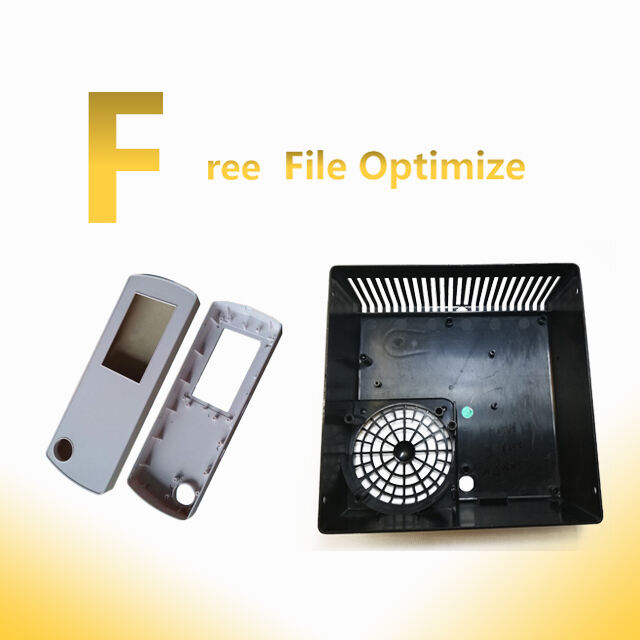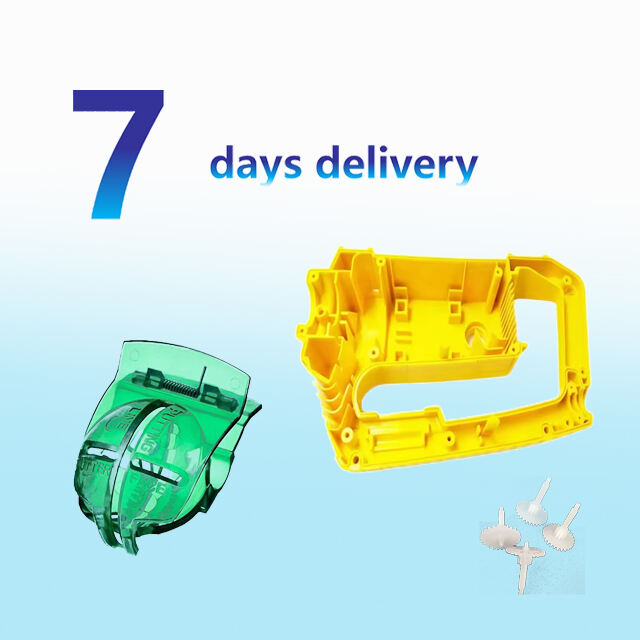common plastics for injection molding
In the realm of injection molding, common plastics such as polypropylene (PP), polyethylene (PE), polystyrene (PS), and acrylonitrile butadiene styrene (ABS) are the workhorses of the industry. These materials are selected for their versatility, durability, and cost-effectiveness, making them suitable for a wide range of products. Main functions include forming the structural components of everyday items, providing electrical insulation, and serving as packaging materials. Their technological features encompass excellent chemical resistance, good impact strength, and the ability to withstand a variety of temperatures. Applications span across automotive parts, household items, electronics, and medical devices, highlighting their indispensable role in modern manufacturing.


